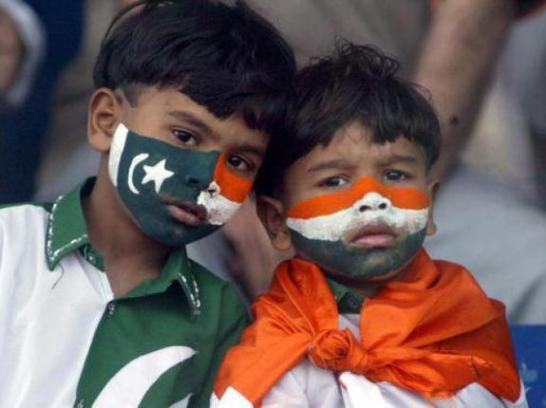/2015%2F12%2F16%2Fbf%2FHeader.abbb1.jpg)
You are about to read a narrative full of pain, shame, privacy concerns and blood! Yes, they comprise the story of my monthly ordeal named “periods”. As a person who heavily suffers, who cries from menstrual cramps, I think that what I would consider worse than the pain is the stigma around menstruation.
My story begins when I was in class VII. I noticed blood on my skirt but I assumed that I must have got hurt. The carelessness and casual attitude that I had allowed me to assume it. But the “secret” was not kept from me for long. I had to face it the next month and learn to deal with it.
I was also the one who struggled a lot with stains so yes, I have many experiences which have been like lessons on patriarchy. I remember that once in school, I had stained my skirt and had to take a napkin and borrow a skirt from the school office. I had to return it the next day and when the office lady approached my teacher, my teacher felt very uncomfortable communicating the office order to me.
The stigma around menstruation, the dirt and shame seems to have been accepted by most of the people at school as well. A stain was seen with horror, disgust and accepted by mockery and humiliation. An exception to this rule was a classmate and friend, Amrita Arora (I think she deserves to be named) who did not create a scene, helped me get over the shame that day and earned respect from me.
Even without the stigma, the taboo, we also grow up believing that we are impure when we are menstruating. The most urban of us are also advised not to touch pickle or to participate in any religious activity. Some of my friends have told me the existence of several other restrictions like menstruating women not to enter the kitchen, serve food or do any household activity. While these are and can be justified by arguing that our scripture writers wanted women to rest but the part about us being impure just cannot be justified. How can blood be pure or impure?
Menstruation is a natural, biological process just like reproduction. It is high time that we start taking talks around reproduction, reproductive health and sanitation in a serious manner. A lot of us, especially women, suffer because of the stigma. While the monthly pain which consists of extreme weakness, abdominal pain, back ache, pain in every part of the body is unbearable for us. The pain varies among women and for some, these are literal the worst days of the month. Yet, this pain has been so underestimated. A female friend had once told me that I am “exaggerating the pain”.The fact of insufficient research around menstrual pain and the ways to deal with it contributes to such a thinking among women as well.
Menstruation is a fact, deal with it! For ladies out there, it is not going to stop till we reach our 50s maybe and yes, is a better companion than some people so get to know about it better. For “gentlemen”, please read about menstruation. It is not unhygienic and impure to read about it. Let’s together break the taboo around talks of menstruation and reproductive health.
This article has been published on Women Chapter (English)



